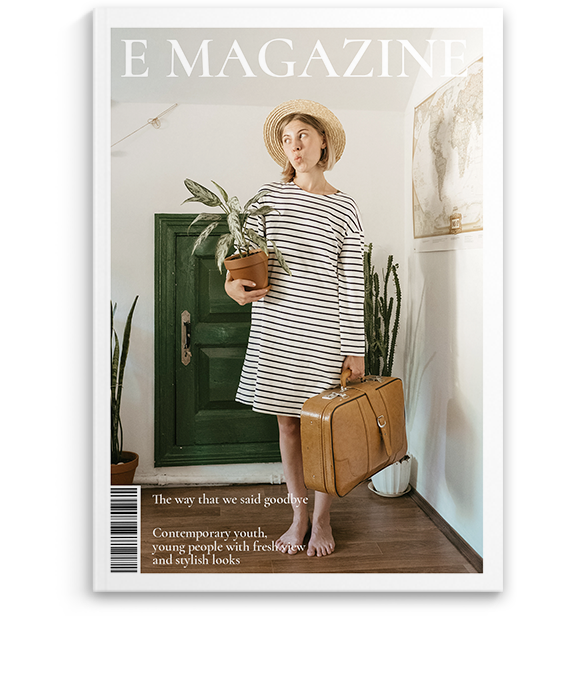Mariam Waheed on ArtSoch Contemporary’s What The Land Knows, The Hearts Remember
Pakistan’s rich and diverse art scene reflects its cultural, religious, and political history. It encompasses various mediums and styles including painting, sculpture, ceramics, textiles, calligraphy, and several other experimental mediums. Pakistani artists have contributed to the art world generously, and despite facing challenges such as censorship and limited resources, they continue to create thought-provoking and inspiring works that capture the essence of their country’s culture and history.
Pakistani artists have contributed to the art world generously, and despite facing challenges such as censorship and limited resources […]
In this country, we have several prestigious schools and institutions that nurture and produce exceptionally talented artists, while art galleries provide a space to propagate and showcase the works. What the Land Knows, the Heart Remembers, is a group show run by ArtSoch Contemporary. The show opened on the 9th of March, and March as we know it, has been given the honorary status of being the month when thousands of women engage in a socio-political demonstration, also known as Aurat March.
ArtSoch is a lively gallery that features a variety of original works by both established and upcoming artists. This time around, they have brought in four brilliant women artists from across the globe to explore the dynamics of being contemporary artists hailing from Pakistan. The curator, Amira Haroon who has an extensive portfolio of her own as well as experience in art collection, said, “Artists from Pakistan are breaking boundaries not just in the use of traditional media but also of geographic limitations – they are exhibiting globally.” Women artists in Pakistan face multiple challenges and barriers that hinder their artistic pursuits. Factors such as cultural constraints, lack of representation and recognition in the art world, censorship, and discrimination are just a few.
“Artists from Pakistan are breaking boundaries not just in the use of traditional media but also of geographic limitations – they are exhibiting globally.”
– Amira Haroon, Curator
The traditional gender roles and societal norms in Pakistan also discourage unfiltered expression. Female artists face further suppression of their voices particularly when addressing sensitive topics. However, despite the plethora of problems that women artists face, they have still not only persisted in not continuing their practice and voicing their opinions but they have helped put ‘Pakistani Art’ on the world map. The show stars Marium Agha, Meherunnisa Asad, Simeen Farhat and Huma Shoaib, who all seem to have worked towards re-contextualising rather than celebrating their own personal history, be it of land or culture. The end result is a beautiful amalgamation of craft techniques and visual art imagery.

Marium Agha has captured the essence of traditional stitch-work on cloth, creating intricate compositions. The imagery incorporates visual elements from western and eastern art discourse while parting from the traditional medium of painting.
Marium Agha has captured the essence of traditional stitch-work on cloth, creating intricate compositions.

Meherunnisa Asad has taken the historically significant works out of the fixed to the movable domain, she has combined sophisticated stone and metal work to create pieces that amalgamate “fragments of memory and experienced history” as per the artist herself.
Meherunnisa Asad has taken the historically significant works out of the fixed to the movable domain […]

Simeen Farhat’s text-based sculptures and installations are a poetic visualisation of philosophy, literature, and language. She has used organic imagery and text (language) as one to make these abstract images of nymph and sirens.
Simeen Farhat’s text-based sculptures and installations are a poetic visualisation of philosophy, literature, and language.

Whereas Huma Shoaib seems to be leaning towards the Sufi school of thought which she refers to as achieving “silent uneasiness”. She has used synthetic colours to represent a spiritual facet of our existence and expression.
Huma Shoaib seems to be leaning towards the Sufi school of thought which she refers to as achieving “silent uneasiness”.
The key element connecting everybody’s work is the use of craft. Pakistan’s history is old and full of life; various handcrafting techniques, including stone carving, sandstone, onyx, metalwork, pottery, and the ancient art of ajrak are commonly used techniques and materials to work upon. Given the rich knowledge of our age-old crafts, naturally artists from Pakistan no matter where they go, end up using elements from their culture. The show is a perfect example of how to bring an idea or a technique to the present moment by tying it to contemporary concerns, be it personal or global.






Leave a Reply